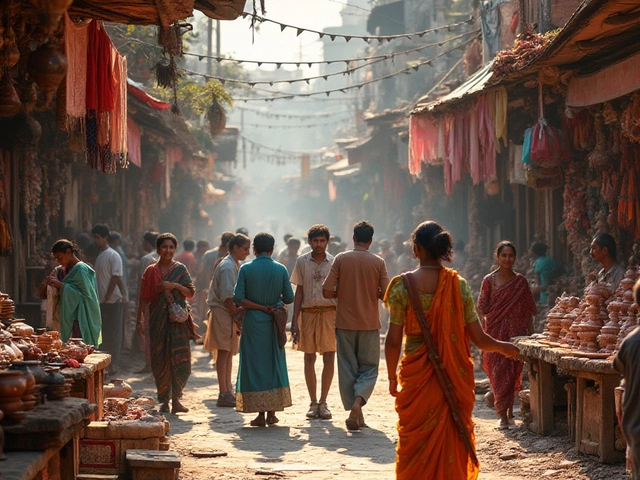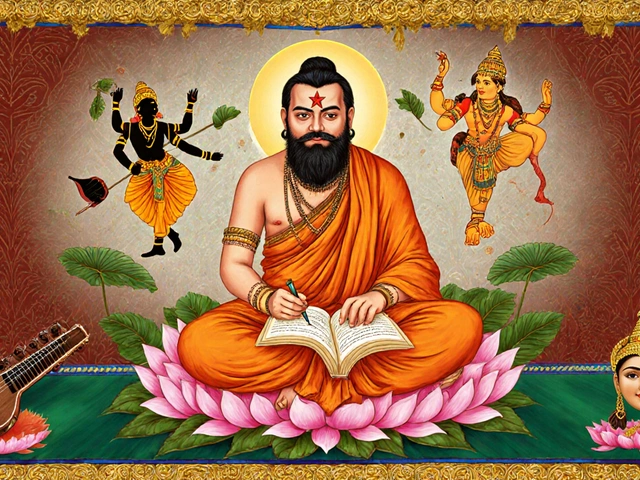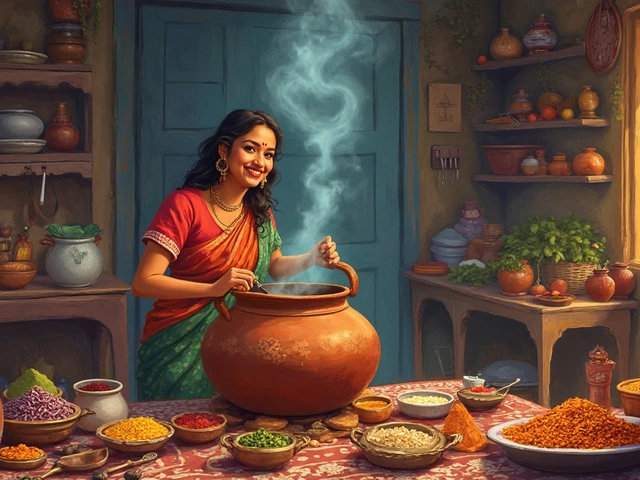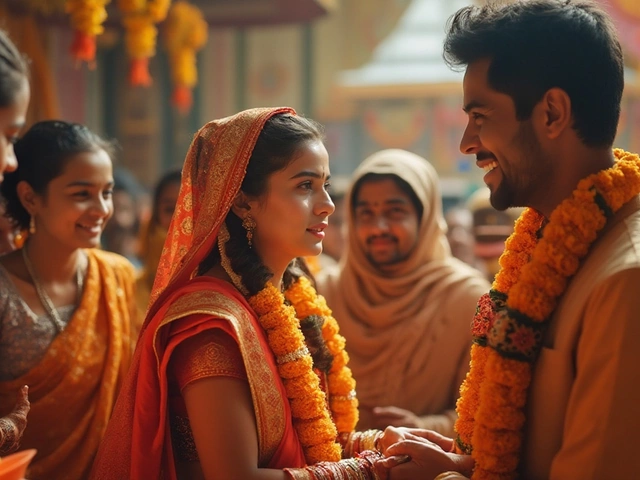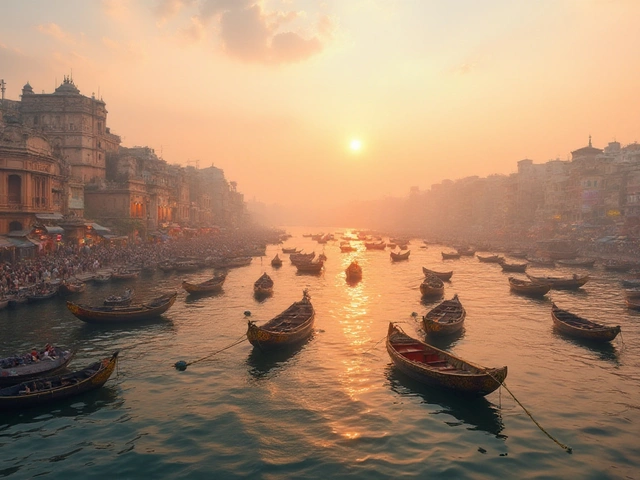Kolhapuri chappal: The Traditional Sandal That Defines Indian Footwear
When you think of Kolhapuri chappal, a handcrafted leather sandal originating from Kolhapur in Maharashtra, known for its durable sole, intricate stitching, and natural dyes. Also known as Kolhapuri sandals, it is one of India’s oldest surviving forms of footwear, worn by farmers, saints, and city dwellers alike for over 200 years. Unlike mass-produced shoes, each pair is made by hand—stitched with thick leather, soaked in tannin from local bark, and dried under the sun. The result? A sandal that molds to your foot, lasts years, and breathes in heat.
This isn’t just footwear—it’s cultural heritage. The Maharashtra culture, the regional identity tied to the Deccan plateau, where artisans pass down leatherworking skills through generations is deeply tied to these chappals. You’ll see them at temple steps in Pune, on the feet of Marathi poets, and even in modern fashion shows in Delhi. They’re paired with dhotis, kurta-pajamas, and even jeans. The handcrafted leather shoes, a category of traditional Indian footwear made without machines, using natural materials and slow techniques movement is growing, not because of trends, but because people are tired of shoes that break in weeks.
What makes Kolhapuri chappal different from other Indian sandals? It’s the sole—thick, layered, and stitched with jute or leather thongs. No rubber. No plastic. Just leather that softens with time and grips even wet stone. The traditional sandals, footwear designed for India’s climate, terrain, and daily rhythms, often worn barefoot-style with minimal coverage of this region were built for walking long distances, standing in temples, and working in fields. They don’t need insoles because the leather itself is the cushion.
There’s a quiet rebellion in wearing them today. While global brands push synthetic soles and air cushions, Kolhapuri chappals remind us that comfort doesn’t come from technology—it comes from materials that have been trusted for centuries. They’re not trendy. They’re timeless. And they’re still being made by families in Kolhapur, Solapur, and nearby villages who refuse to mechanize their craft.
What you’ll find in the articles below are real stories—not marketing fluff. You’ll learn how these chappals are made, why they’re still preferred in rural homes, how they’ve survived modernization, and where you can buy authentic ones without paying a premium. You’ll also see how they connect to broader Indian traditions—from the way people sit on the floor to the rituals around footwear in temples. No theory. No guesswork. Just facts, voices, and the smell of wet leather drying in the sun.

